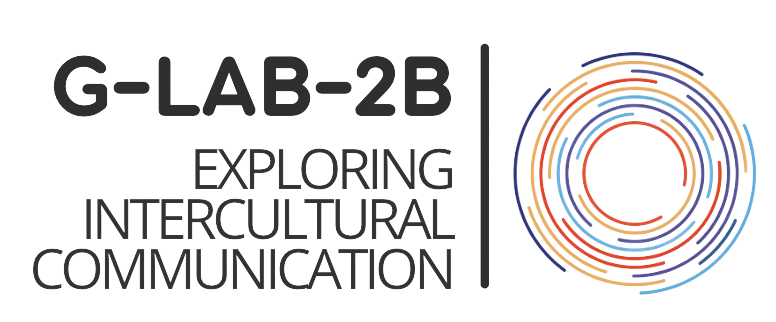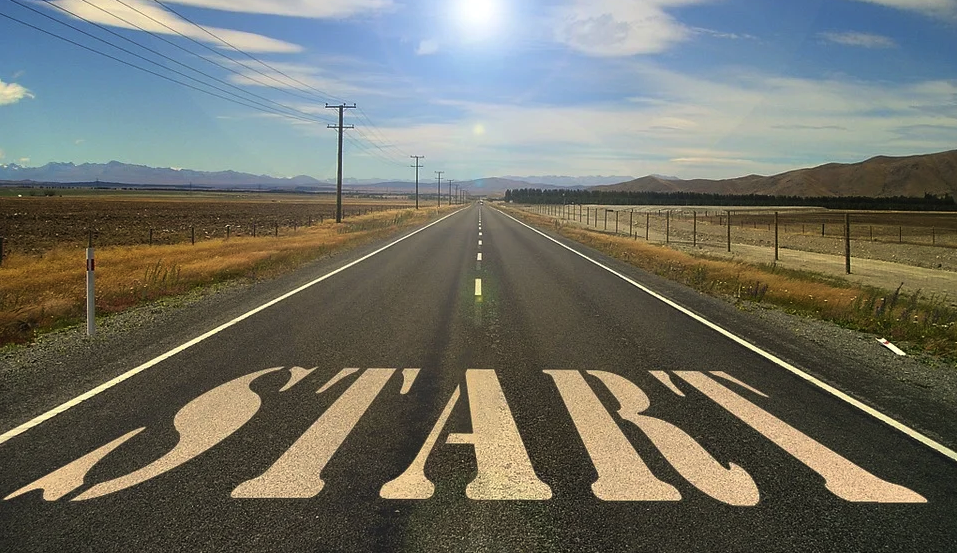In our series of dialogues “Thinking without Banisters”, we take a human and emotional perspective on the multiple crises that mark our present: from rapid ecological deterioration and growing social fragmentation to complex phenomena such as media manipulation and political polarization. We often perceive these circumstances as overwhelming, generating a widespread feeling of powerlessness in the face of a reality that seems beyond our control.
Our research, however, provides a complementary, analytical, and in-depth perspective that seeks to transcend mere superficial diagnosis. By exploring the cultural and structural causes of these crises, we seek to build bridges between rational analysis and human sensitivity.
The articles we write seek to integrate both levels, combining fact-based explanations and accurate diagnoses with real stories and familiar examples that reflect the human factor as an essential protagonist of change.
In this sense, we consider it essential to identify not only historical moments and turning points, but also contemporary examples in which, in the face of adverse circumstances that were often not conducive to mutual understanding, societies managed to overcome conflicts, crises, and divisions. Precisely in contexts where nothing seemed to favor a collective solution, new forms of coexistence, cooperation, and solidarity emerged, challenging the logic of confrontation and opening paths toward a shared vision of the future.
Here we present three significant examples that demonstrate how, even in the midst of profound crises (or against all reality and odds), inspiring and hopeful collective responses can be built.
Table of Contents
1. The United States Declaration of Independence.
Originally, it was not about abstract political ideals, but about very concrete problems: England demanded high taxes from American colonists, even on products they produced themselves. From this arose the conviction that they could not continue like this. When the colonists gathered to declare their independence, a national consciousness of their own unexpectedly emerged. They drafted a document now considered one of the most important in history, beginning with the powerful phrase that all men are created equal, with the right to liberty and the pursuit of happiness. Paradoxically, this statement did not reflect reality: at that time, there were more than 100,000 people in slavery. This declaration was a utopia, an ideal that only became reality 160 years later, with the end of slavery and the expansion of civil rights.
2. A similar picture emerged during the French Revolution.
The majority of the population lived in poverty and depended on the nobility and the king. However, the American idea of freedom particularly fascinated the young French aristocrat Lafayette, who traveled enthusiastically to America to “fight” for these ideals and returned to France deeply inspired. In the midst of the French Revolution, a Declaration of the Rights of Man also emerged, another document proclaiming equality and freedom for all, once again a utopia far removed from social reality and coming from somebody who was not in a difficult living situation or in poverty.
3. The third parallel can be found in the German Basic Law (Constitution) after World War II.
After the horrors of the Nazi regime, which murdered and persecuted millions of people, the fathers and mothers of the Constitution wrote the phrase: “Human dignity is intouchable.” This happened at a time when reality showed precisely the opposite; an absolutely utopian but deeply powerful statement that served as a goal for building a better society.
Thanks for these examples: Ferdinand von Schirach.
And today?
Today, fortunately, we live in a time when many of these ideals are closer to reality than ever before. Europe has enjoyed relative peace for more than 75 years, and personal freedoms, such as religious freedom and self-fulfillment, are more widespread than at any other time in history. In addition, the possibilities of digital connection offer us a completely new form of social participation and co-creation. The experience of the pandemic has shown us that we are capable of making profound changes in our society, changes that previously seemed impossible.
These historical examples teach us that great political documents often contain visions of a better world, utopias that initially seem far removed from reality. But it is precisely these utopias that drive social change and inspire, not by describing the world as it is, but as it could be: a powerful inspiration for every generation.


